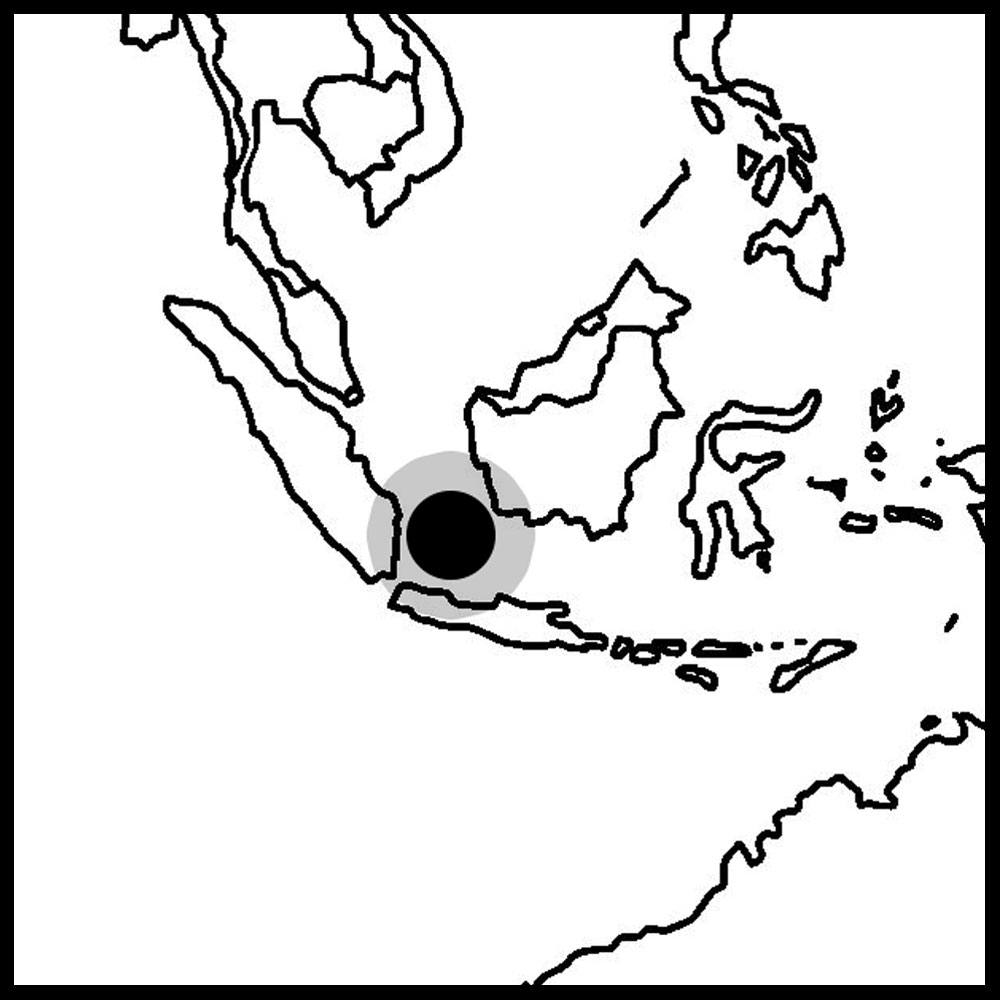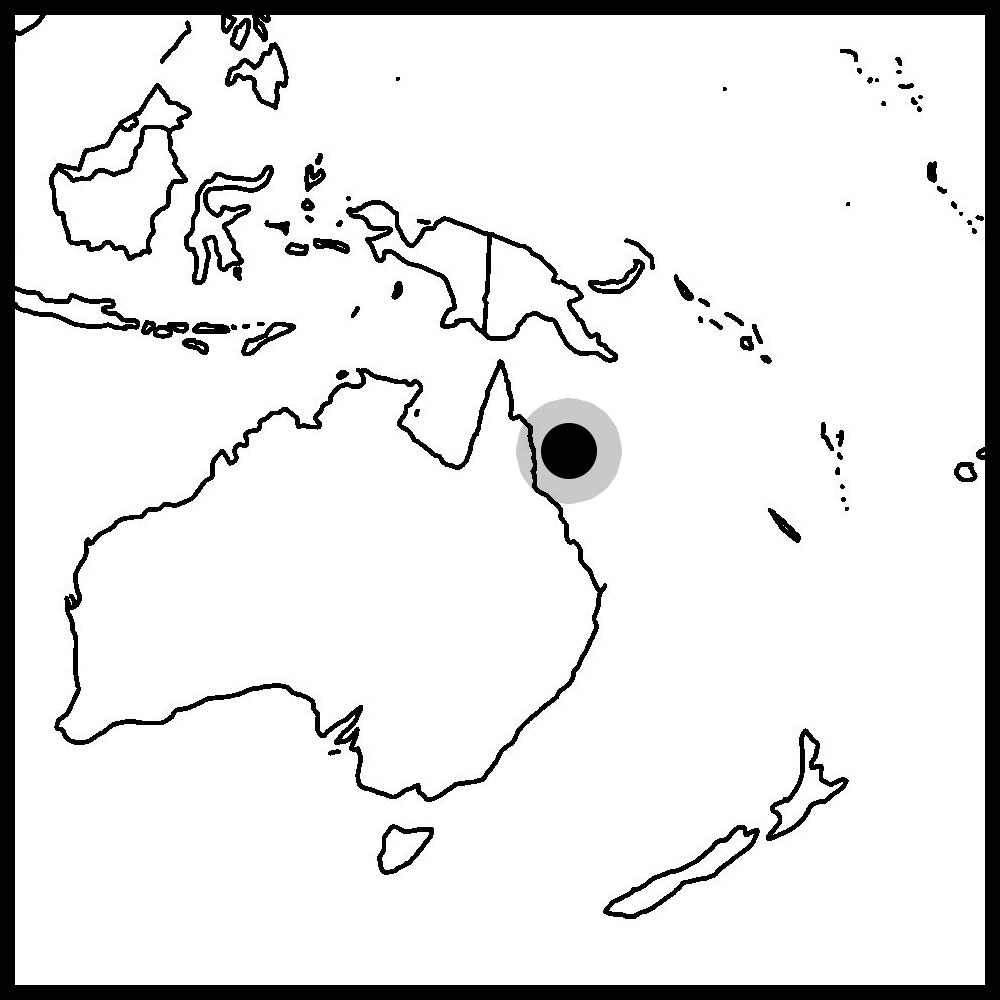Filter
My Wish List
![]() Scolymia Coral Care
Scolymia Coral Care
Scolymia are one of the most highly sought after large polyp stony corals in the reef keeping hobby. They’ve been popular ever since intensely colored specimens started being imported from Australia. In the past few years, many corals have been reclassified, so what many people call Scolymia such as the ubiquitous Scolymia australis is now Homophyllia australis. Most people in the reef aquarium industry still refer to this coral as a Scolymia so as to not confuse readers, the rest of this article we will call them Scolymia.
In this article we are going to cover some of the different species of Scolymia that you might find in the hobby as well as some care tips for these corals. Please see below for additional care tips for Scolymia corals as well as checking out our Top 5 Tips for setting up a reef.
![]() Location
Location
Scolys are found all over the tropical waters of the Pacific. The vast majority of the Scolymia found in the hobby today originate from the Great Barrier Reef. There are some extremely rare species from Indonesia, but they are almost never seen.


There are three species of Scolys that I’ve seen in the industry, australis, vitiensis, and an unnamed species from the northern islands of Australia commonly referred to in the industry as Croc Island Scolys. The most common Scolymia in the hobby right now are the australis species found in the Great Barrier reef of Australia. They are basically what most people think of when someone mentions a Scoly. Smooth skin, great color and several different patterns.
The most highly sought after variety of these corals is what is termed a “Master Scoly.” There is no real consensus on what color and pattern combination makes a really nice Scoly a master Scoly, but generally speaking they have four colors or more and often have intricate patterns.
There are three other Scolymia I am aware of that really should never turn up in the hobby, Scolymia cubensis Scolymia wellsii and Scolymia lacera as they are Caribbean species. They look very similar to vitiensis from the photos I’ve seen online from dive footage. Now that we have covered the types of Scolymia that are out there, let’s go over some care requirements.

![]() Lighting
Lighting
Scolymia are not the most light demanding coral. They are photosynthetic but anything around 100 PAR is adequate for their health. There is some variability to the intensity of their colors with changes in light strength, but developing better colors might have more to do with spectrum provided.
Low Light


I personally like very robust spectrum T5 bulbs, but plenty of hobbyists have had good luck with them under high quality LED fixtures. While most of the time Scoly coloration is consistent, in some of the variants with the most number of colors, the coral may lose some of the colors that made them so desirable in the first place. If that is the case, the hobbyist might have to do some experimentation with different lighting technologies to attempt to regain some of the coloration.
Lighting is a loaded topic, so for a more in-depth discussion of lighting, please check out our Blog all about Lighting or see our detailed lighting video below.
![]() Water Flow
Water Flow
Low to Moderate water movement is recommended. I personally shoot for just enough flow to carry away waste from their mouth. When placing the on the rock work, a slight angle helps rather than having them straight up and down for both viewing and waste removal.
Most people have them lower in the tank and possibly on the substrate. If placing them on rocks, be careful that nothing falls on them or they do not fall down on something else.
![]() Water Chemistry
Water Chemistry
As with any stony coral, Scolymia make use of calcium, carbonate, and magnesium to build their skeletons so it is important to make sure that your water chemistry falls in line with natural sea water levels.
As far as calcium goes, it is one of the major ions in saltwater. In most healthy reefs, the calcium level hovers around 425 parts per million (ppm). The video below goes into greater detail if you want to know more.
Alkalinity is a little more difficult to explain than calcium. It is not a particular ion, but can be thought of as the buffering capacity of saltwater. Buffering capacity is the amount of acid required to lower the pH of saltwater to the point bicarbonate turns into carbonic acid. It sounds over technical, but in layman’s terms, higher alkalinity levels equate to greater chemical stability in our reef tanks. In practice alkalinity tends to be the parameter that fluctuates the most of the three and is the one that needs the most babysitting. In the wild, the alkalinity of the water is around 8-9 dkh. The video below provides a good overview of alkalinity.
Lastly, magnesium is very similar chemically to calcium that often gets overlooked. It can bind up carbonate ions thus increasing the overall bioavailability of alkalinity compounds in the water. Some reef hobbyists struggle to raise levels of either calcium or alkalinity. If you are experiencing this in your systems, the possible culprit with calcium and alkalinity instability is magnesium. It may seem counterintuitive that the solution to calcium and alkalinity imbalances is to elevate magnesium, but the three ions interact regularly. In natural salt water, magnesium is roughly 1350 ppm. The video below covers the topic of magnesium in greater detail.
In an LPS dominated tank the corals tend to be slower growing and less taxing on major element supplementation. If you are more confused than ever about how to maintain good water chemistry for your Scolymia, don’t worry too much. There are many ways to achieve success. In the video below, I cover three different aquariums that utilize different techniques to maintain good chemistry.
It is good practice to periodically test just to make sure everything is in the ballpark of natural sea water levels. A couple parameters worth paying closer attention to is nitrate and phosphate. Scolymia are sensitive to declining water quality and elevated levels of nitrate and phosphate are an indicator of declining water quality. Low nitrate levels around 5-10ppm are actually welcome for large polyp stony corals, but around 30-40ppm of nitrate you might start running into some issues such as tissue recession.
![]() Feeding
Feeding
Like most coral, Scolymia rely to a large extent on the products of their zooxanthellae, however, in our experience, they also benefit from direct feeding. We feed a mixture of frozen food and commercially made pellets and powders. Scolymia are such active feeders that they don’t really need to be spot fed too much because they are more than capable of grabbing food that floats by.

![]() Propagation
Propagation
Scolymia are not a great candidate for aquaculture at least at the commercial level. There is an inherent risk of cutting any coral but the survival rate of cutting Scolymia is much lower than other corals. Even though they may survive cutting, they do not regain their signature circular appearance for a very long time. Perhaps there will be other methods of production available in the future for these corals.
![]() Summary
Summary
So what kind of tank is Scolymia best suited for? I see it as a centerpiece coral for either an LPS dominated reef or on the substrate of a mixed reef. Some coral collectors catch the bug and start searching out all the different color morphs of Scolymia like they are Pokemon and over time dedicate the entire bottom half of their tank to these corals.
That pretty much does it for Scolymia. Hopefully you found this article helpful. Until next time, happy reefing!
